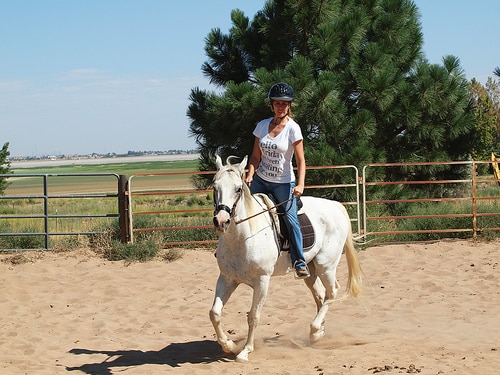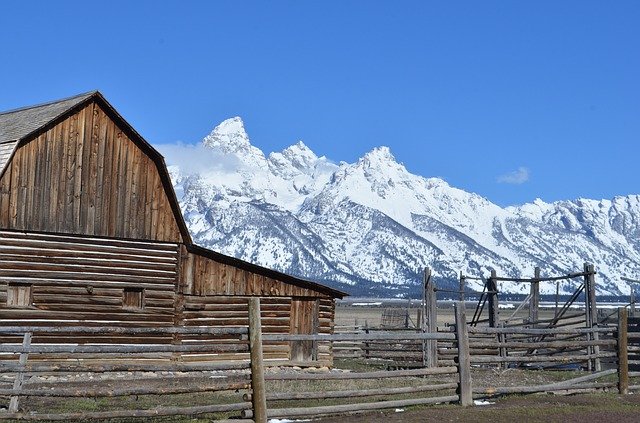
It’s that time of year again. Time to start breaking out those blankets in preparation for winter. For those who already blanket on a regular basis, you probably already have set a routine and a selection of blankets. But for those who may be blanketing for the first time, there is an overwhelming number of options to choose from when blanket shopping.
Types of Blankets
Cooler
Coolers are a very common type of blanket that is a must-have even if you do not blanket regularly. They are made of a high percentage of wool – 70% or higher is best – and are designed to wick moisture out of your horse’s coat to prevent him from developing chills. It is not a blanket that is generally left on for long periods of time or unsupervised because coolers do not generally have the same number of straps designed to keep it on, so it is much easier for blanket to get tangled in your horse’s legs if your horse should roll. Coolers are also not designed to stand up to the abuse of a horse attempting to get it off.
These blankets are especially useful if your horse gets worked during the colder months and becomes particularly sweaty. Simply hosing your horse of and turning him is not an option as this will lead to chills. So, instead of washing the sweat off, a cooler is used to wick the sweat off the horse’s body and leave their coat dry, fluffy, and ready to protect them from the cold. This works with both clipped and natural coated horses, but it is especially essential for horses that are left au natural as they will not be turned out with a blanket on to protect them, so their natural coat is what they depend on to keep them warm.
Turnout and Stable blankets
These are the blankets you will see most commonly on the market. They are waterproof and durable, designed to withstand the abuses of horses turned out on pasture. They come in light, medium, and heavy weights. If you are blanketing regularly and your horse is turned out, you will need multiple of these so the different weights can be changed out as the temperature rises or falls.
A stable blanket is the non-waterproof version of a turnout blanket. Like the turnout blanket, it comes in light, medium, and heavy weights. It is the mainstay of blanketing routines for stalled horses.
Related Content: Horse Blankets 101: Blanket Measurements
Rain sheet
A rain sheet is exactly what is sounds like, a light weight, waterproof sheet that can be used to protect your horse from the rain. It has no fill, so it is less likely to make your horse overheat. It can also be used over top of a non-waterproof stable blanket to make it waterproof. However, for a horse with a healthy, natural coat, a rain sheet is not usually necessary as horses are built to withstand most types of weather. If your horse is standing out in the rain instead of under a readily available shelter, it probably means that his natural coat is doing its job and there is no need to be concerned. If your horse is shivering or showing other signs of distress, particularly if the horse is particularly young, old, ill, or otherwise at abnormal risk, then extra concern might be warranted. At that point though, just throwing on a rain sheet won’t cut it. It is best
Blanketing recommendations
Most horses really shouldn’t be blanketed. Too many people over-blanket because they anthropomorphize the horse’s “need” for a blanket and end up causing more problems than they fix. If it isn’t broke, don’t try to fix it. There are a few key exceptions to this though:
- Show horses that are kept clipped all winter obviously need to be blanketed because you have taken away their natural insulation.
- Older horses sometimes have trouble holding their weight over winter. Sometimes blanketing can help them conserve their energy so they are not burning so many calories just trying to stay warm.
- Young foals who are born during the winter do not have time to grow out their natural coats and need to be kept warm. Blankets are often necessary at this early stage.
- Sick or injured horses may need blanketed to help them conserve calories so they can focus their energy on healing rather than staying warm.
- Horses on a highline may also need blankets. If you go horse camping fall, winter, or early spring and keep your horses on a highline, blankets may be necessary as they are not able to move around or huddle together to share body heat as they would at home.
The number one problem caused by unnecessary blanketing is overheating. Especially in the spring and fall, temperatures can fluctuate wildly throughout the day. It can be difficult to keep track of what temperature calls for what blanket. If you work away from home, it is often impossible to come home three times a day to change your horse’s blanket and more and more boarding facilities are charging extra for blanket changes. If you accidentally leave a heavy blanket on your horse too long, he can overheat quickly, unlike with his natural coat which he can adjust at will.









